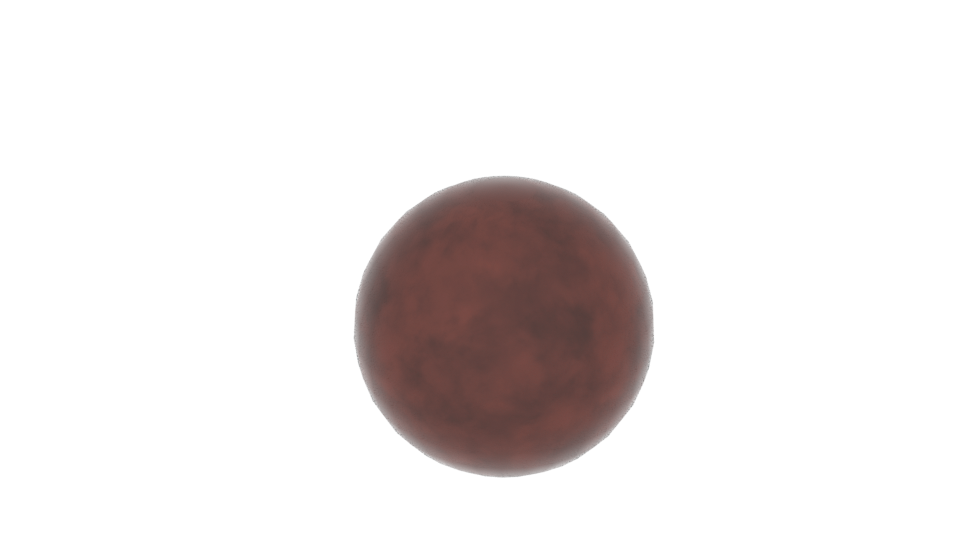In general, a node will have no or one entry of a light with its index. Exception is, that no ambient light is allowed to be assigned to a node.
An ambient light can only be assigned to a scene. In opposite, for a scene, only the ambient light can be assigend.
Is this approach accepted?


As the lights have to be extracted from the KHR_materials_common extension, here is a first try by example:
Directional, point and spot are obvious for PBR and non-PBR materials.
Regarding ambient and for PBR, this needs to be further discussed and explained. But I suggest to treat the value as if an environment map is used, which does have just this color.